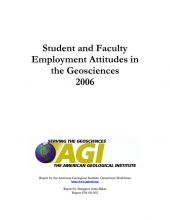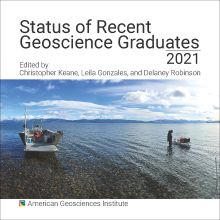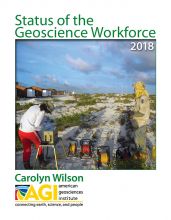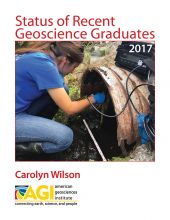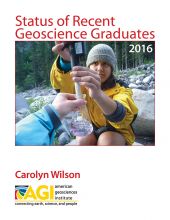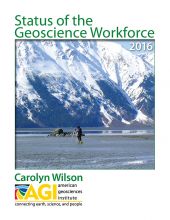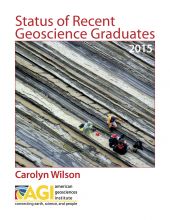A growing portion of decision makers in academia, private industry, and government are concerned about shortages in the science, engineering, and technology (SET) workforce. This heightened awareness is in part to several reports released in the last year looking at that nation’s competitiveness in the global market. For years, the geosciences have been aware of the need to increase the number of students entering the pipeline, but the recent upswing in the world’s commodities market and impending retirement of a generation of geoscientists has increased this pressure. There are serious questions about who will fill these positions.
Representatives from the petroleum industry have indicated that they will need to replace over 50% of their geoscience technical workforce within the next ten years, a level that represents close to 40,000 jobs. There are similar reports for all sectors of the geoscience workforce, with more jobs currently available for geoscience graduates at all levels than applicants to fill them. Despite this wealth of geoscience jobs, few students are applying and taking these positions. The current production of geoscientists from US colleges and universities that are considered part of the potential employment pool, namely graduates with master's and doctorates, is about 1,200 per year. In hopes of better understanding the careers decisions being made by current geoscience students, the American Geological Institute conducted a survey from March to April 2006 to document the attitudes of students and academic advisors of the professional pathways for geoscientists. This report details the findings from the survey.

